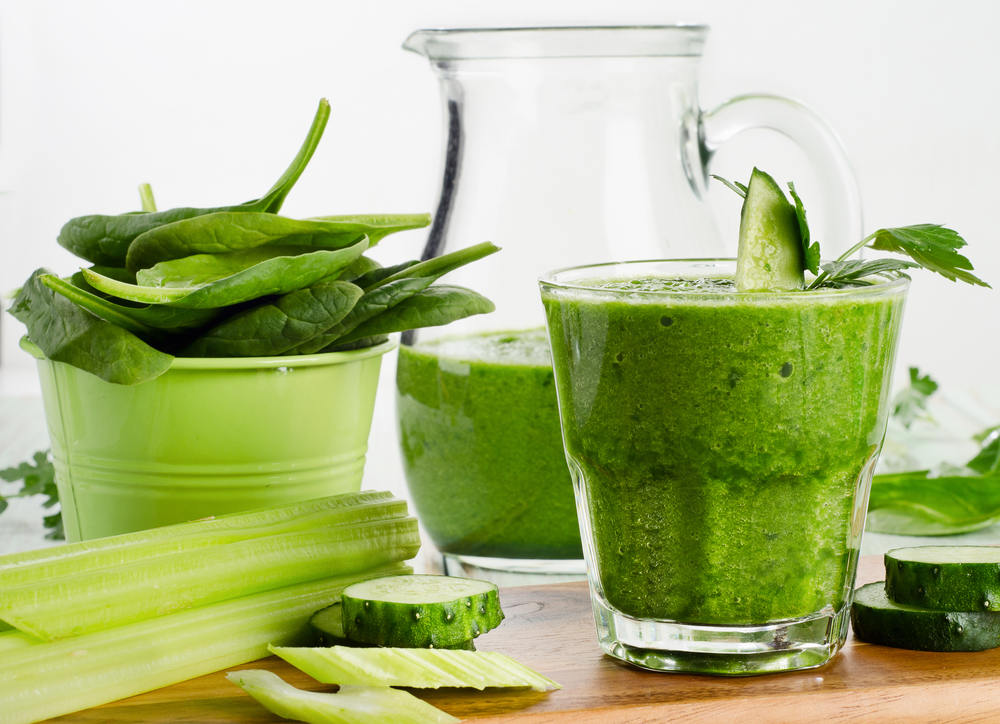Vegetable smoothies are a versatile and nutritious addition to your diet. Packed with vitamins, minerals, fiber, and antioxidants, these vibrant concoctions offer a convenient way to increase your daily intake of vegetables while delighting your taste buds. Whether you’re a seasoned smoothie enthusiast or new to the world of blended veggies, this comprehensive guide will walk you through the steps of creating delicious and wholesome vegetable smoothies. Get ready to blend, sip, and savor the goodness.
Selecting Fresh and High-Quality Vegetables
The foundation of a great vegetable smoothie is the quality and freshness of your ingredients. When choosing vegetables for your smoothie, consider the following tips:
Opt for Organic: If possible, choose organic vegetables to minimize exposure to pesticides and chemicals. Organic produce is grown without synthetic pesticides or genetically modified organisms (GMOs).
Use Fresh and Ripe Vegetables: Freshness matters. Select vegetables that are ripe and free from bruises or blemishes. The fresher the vegetables, the better the flavor and nutrient content of your smoothie.
Variety is Key: Mix and match different types of vegetables to create a well-rounded flavor profile and maximize nutrient diversity. Common choices include leafy greens, carrots, cucumbers, bell peppers, tomatoes, and more.
Experiment with Seasonal Produce: Explore seasonal vegetables for optimal freshness and flavor. Seasonal vegetables are often more affordable and environmentally friendly.
Preparing Vegetables for Blending
Before you start blending, it’s important to properly prepare your vegetables:
Wash Thoroughly: Rinse vegetables under cold running water to remove dirt, debris, and any potential contaminants. Use a produce brush for items with thicker skin, like carrots or cucumbers.
Peel and Trim: Depending on your preference and the vegetable type, you may need to peel or trim certain parts. For example, remove the skin from carrots or cucumbers if it’s tough or bitter.
Chop or Dice: To ensure smooth blending, chop or dice the vegetables into smaller pieces. This makes it easier for your blender to process them into a creamy consistency.
Steam or Blanch (Optional): Some vegetables, like broccoli or spinach, benefit from a quick steam or blanch before blending. This can enhance their flavor and make them easier to digest.
Basic Vegetable Smoothie Recipe
Now that your vegetables are prepared, let’s start with a basic vegetable smoothie recipe that’s easy to follow and customize. Here are the ingredients you’ll need:
1 cup of chopped fresh vegetables (e.g., spinach, kale, carrots, cucumber, or a combination)
1/2 banana (for natural sweetness and creaminess)
1/2 cup of plain Greek yogurt or a dairy-free alternative
1/2 cup of liquid (e.g., water, coconut water, almond milk, or juice)
1 tablespoon of honey or agave nectar (optional, for added sweetness)
Ice cubes (optional, for a chilled smoothie)
Instructions:
Place the chopped fresh vegetables, banana, Greek yogurt or dairy-free alternative, and liquid of your choice in a blender.
Add honey or agave nectar if you prefer a sweeter taste.
If you want a cold and refreshing smoothie, add a few ice cubes.
Blend all the ingredients on high until you achieve a smooth and creamy consistency. This may take a few minutes, depending on the power of your blender.
Taste the smoothie and adjust the sweetness, thickness, or liquid content by adding more honey, yogurt, or liquid as needed.
Once you’re satisfied with the flavor and texture, pour your vegetable smoothie into a glass and enjoy.
Variations and Flavor Enhancements
While the basic vegetable smoothie is nutritious and satisfying, you can take your blending game to the next level by experimenting with various additions and enhancements. Here are some creative ideas to consider:
Fruit Companions: Balance the earthy flavors of vegetables with the natural sweetness of fruits. Common choices include berries, apples, pears, pineapple, and mango. The sweetness of fruits can make your vegetable smoothie more palatable.
Protein Power: Boost your smoothie’s satiety by adding a scoop of your favorite protein powder. Options include whey protein, plant-based protein (pea, hemp, or rice protein), or Greek yogurt for an extra protein punch.
Healthy Fats: Incorporate healthy fats like avocado, chia seeds, flaxseeds, or a tablespoon of nut butter to enhance creaminess and provide sustained energy.
Spices and Herbs: Elevate the flavor profile with a pinch of spices like cinnamon, ginger, or turmeric, or fresh herbs such as mint, basil, or cilantro. Spices and herbs can add complexity and freshness to your smoothie.
Nutritional Supplements: Consider adding nutritional supplements like spirulina, wheatgrass powder, or a greens powder blend for an extra dose of vitamins, minerals, and antioxidants.
Texture Play: Experiment with different textures by blending in oats, quinoa, or cooked sweet potatoes for added thickness and heartiness.
Green Vegetable Smoothie
Green vegetable smoothies are a popular choice for those looking to increase their daily intake of leafy greens and other green vegetables. This type of smoothie is packed with nutrients and offers a vibrant, verdant color. Here’s a basic recipe for a green vegetable smoothie:
Ingredients:
2 cups of fresh leafy greens (e.g., spinach, kale, or Swiss chard)
1/2 cucumber, peeled and chopped
1/2 avocado
1/2 cup of green apple chunks (for sweetness)
1/2 cup of coconut water
Juice of one lime or lemon
Ice cubes (optional)
Instructions:
Place the fresh leafy greens, cucumber, avocado, green apple chunks, coconut water, and lime or lemon juice in a blender.
Add ice cubes for a chilled smoothie.
Blend all the ingredients on high until you achieve a smooth and vibrant green consistency.
Taste the smoothie and adjust the thickness or tanginess by adding more coconut water or lime/lemon juice as needed.
Once you’re satisfied with the flavor and texture, pour your green vegetable smoothie into a glass and enjoy.
Conclusion
Vegetable smoothies offer a convenient and delicious way to increase your daily intake of nutrients, fiber, and antioxidants. Whether you’re a fan of green smoothies, root vegetable blends, or unique combinations like tomato and ginger, there’s a vegetable smoothie to suit every palate and dietary preference.
























